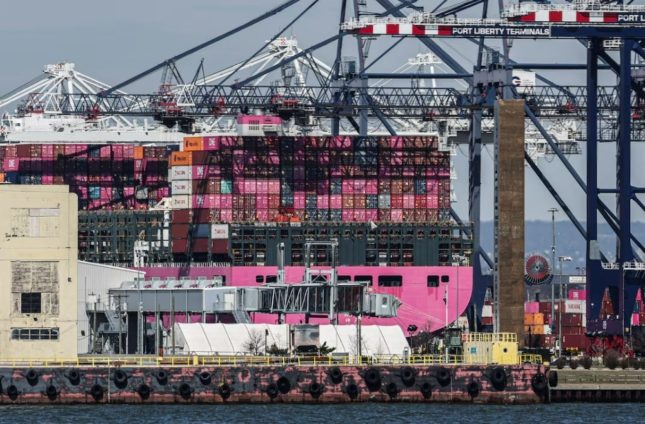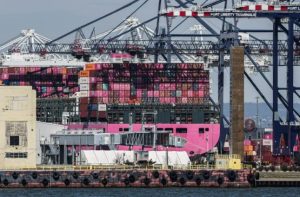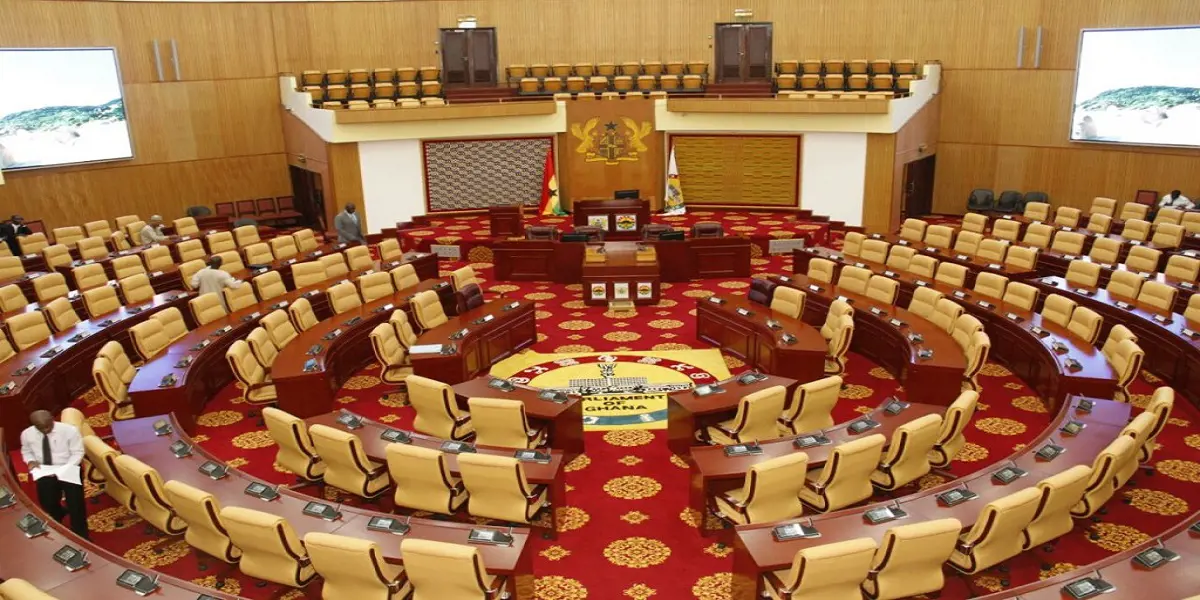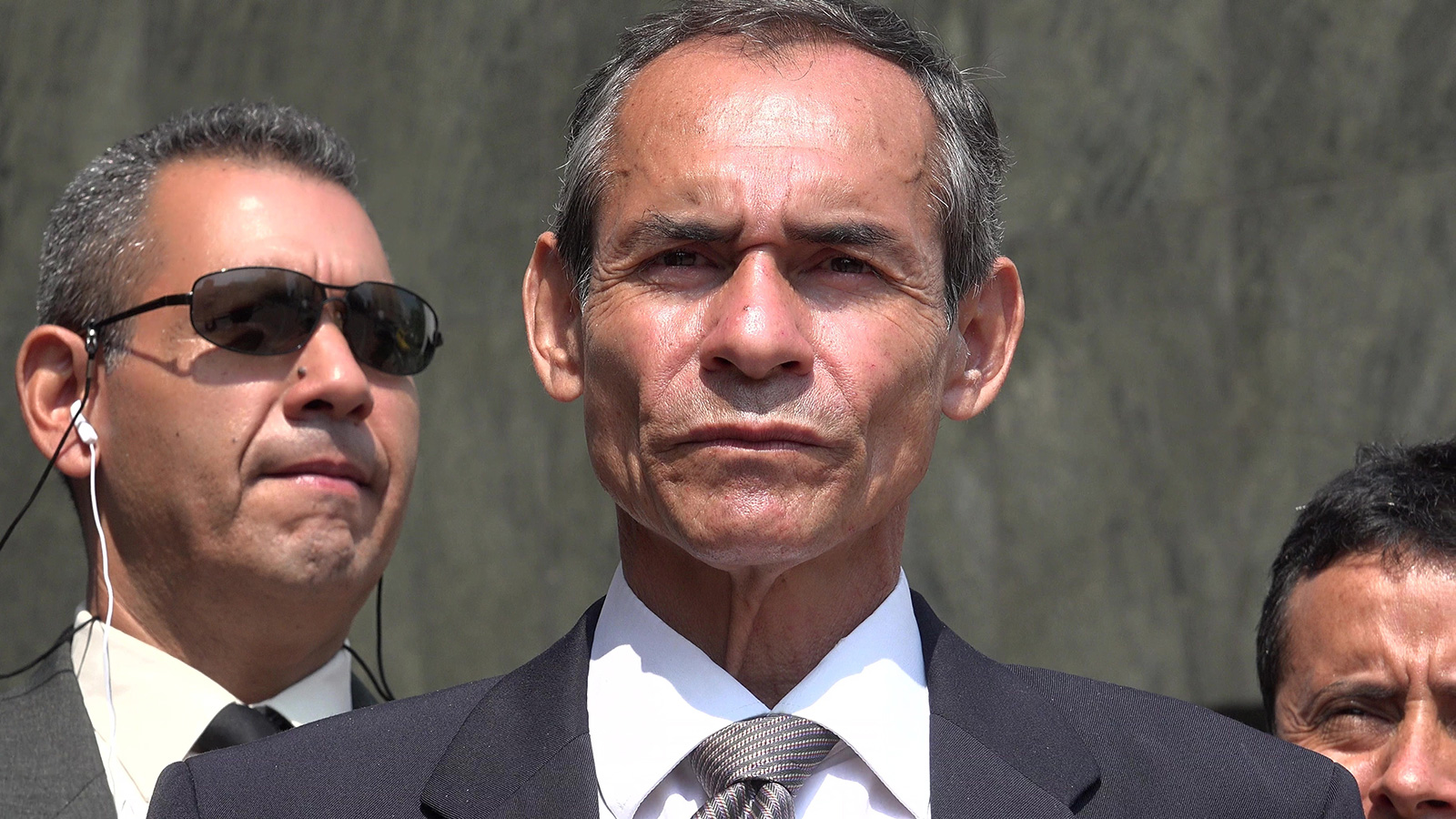U.S. customs agents began enforcing former President Donald Trump’s new 10% tariff on imports from many countries as of early Saturday morning, marking a major shift away from the post-World War II system of mutually agreed trade rules. Higher tariffs on imports from 57 major trading partners are scheduled to begin next week.
The 10% “baseline†tariff was implemented at U.S. ports and customs points at 12:01 a.m. ET, signaling Trump’s full embrace of a unilateral trade strategy. Kelly Ann Shaw, a trade attorney at Hogan Lovells and former Trump White House adviser, described the move as the most significant trade action of this era. Speaking at a Brookings Institution event, she noted that the tariffs could shift over time as countries attempt to negotiate lower rates, but emphasized the sweeping impact of this policy.
The announcement, made on Wednesday, caused a massive shock in global financial markets, erasing $5 trillion from the S&P 500’s value by the end of Friday—a record two-day drop. Commodity and oil prices plunged, and investors rushed to safer assets like government bonds.
Countries immediately affected by the 10% tariff include Australia, the UK, Colombia, Argentina, Egypt, and Saudi Arabia. U.S. Customs and Border Protection initially indicated there would be no leniency for shipments already en route at the deadline. However, a later bulletin granted a 51-day grace period for cargo loaded before the tariff took effect, provided it arrives in the U.S. by 12:01 a.m. ET on May 27.
On Wednesday, additional “reciprocal†tariffs ranging from 11% to 50% will be implemented. EU imports will face a 20% tariff, while Chinese goods will be hit with a 34% levy—bringing total new tariffs on China to 54%. Vietnam, a recent beneficiary of supply chain shifts away from China, will face a 46% tariff and has agreed to enter negotiations with Trump.
Canada and Mexico are exempt from these new tariffs but still face a 25% duty on certain goods tied to the U.S. fentanyl crisis unless they comply with USMCA rules of origin. Products already subject to national security tariffs, such as steel, aluminum, vehicles, and parts, remain unaffected.
The administration also published a list of over 1,000 exempted product categories—worth $645 billion in 2024 imports—including crude oil, energy products, pharmaceuticals, uranium, titanium, semiconductors, copper, and lumber. Aside from energy, many of these sectors are under review for future national security tariffs.















Leave a Reply